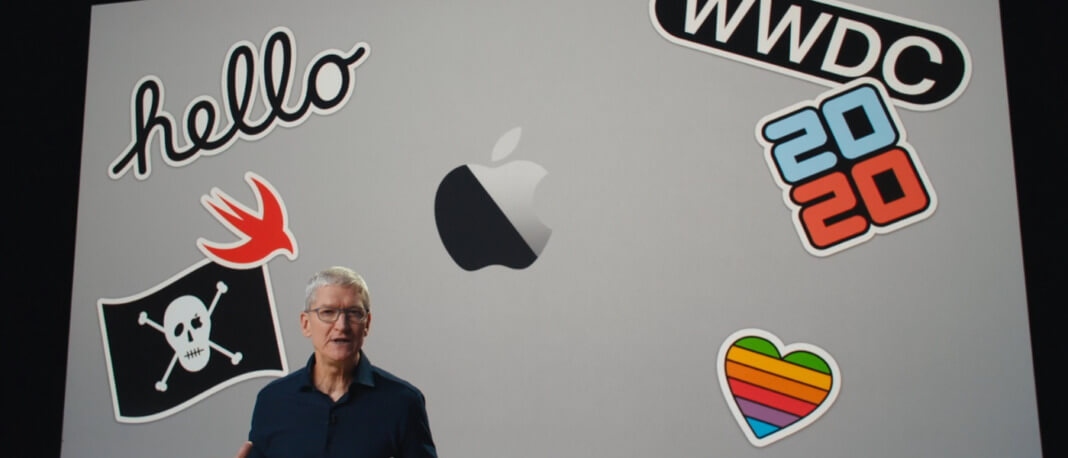Apple’s Worldwide Developer Conference 2020 (WWDC 2020) kicked-off today and it is the first time that the annual event was streamed and conducted entirely online. Fret not if you had missed out on watching the livestream, the following are some quick bites on the highlights that was shared today
One of the big announcements made was that the iPhone will receive an upcoming and important software update – the iOS 14. The iOS 14 was debuted in preview mode to developers on 23rd June and it will be shared in beta to the public sometime in July.
iOS 14: Major interface changes
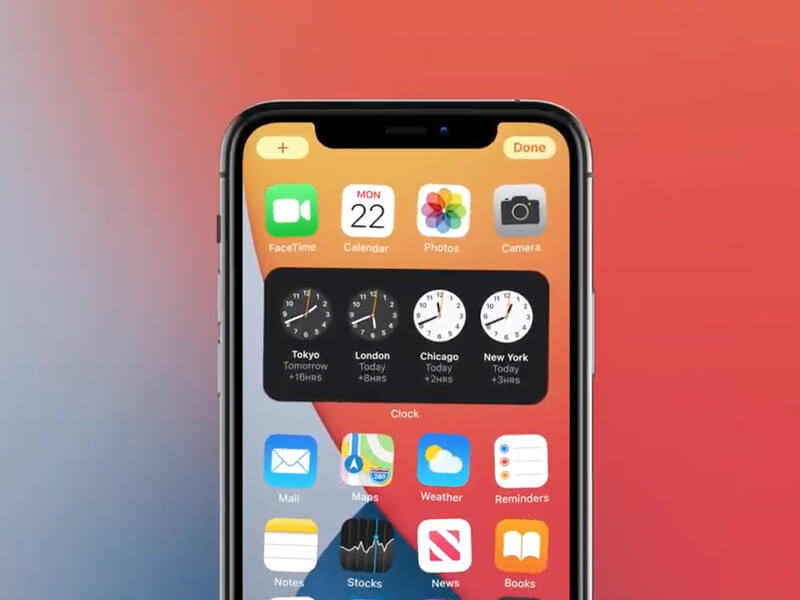
Visually, the iOS 14 will have a major change widget-wise. Widgets were previously limited to the Today view, but with the new software update, widgets can now feature in the homescreen as well.
To add, upon swiping past the last page of apps, the app library will also feature a new homescreen page that prioritizes the organization of user’s apps in terms of usage intensity (ie most-used apps will be prioritized).
Watching videos while multi-tasking between apps would also be improved, as the once exclusive-to-iPad picture-in-picture feature will be made available in iPhone’s iOS 14. Toggling between apps while watching a video (or a videochat) will now enable users to continue with the latter via a minimized float window that can be resized and moved.
The iPhone’s intelligent assistant – Siri – will also receive an interface update where it will no longer take over the entire screen but packaged into a compact corner instead. In addition, Siri would be able to do on-device speech-to-text transcription as well as send audio messages.
On the messaging front, users will be able to set their notification for group messages to only alert them if they are mentioned by name. In addition, messages can now be pinned to the top so that users do not miss any critical conversations.
Adding character to messages can also be easier now as users can search for emojis via entering relatable terms – like “heart” – in a new search bar to pull up a corresponding heart emoji. Memojis (Apple’s animoji user-avatars) will also feature new accessories such as a face mask option.
Cyclists and e-vehicle drivers can look forward to specific map updates such as cycling directions that take into consideration bike lanes and hills, as well as battery range and charging locations for the latter. Cycling-specific updates will be rolled out gradually, with cities in NYC, SF Bay Area, LA, Beijing, and Shanghai to be the first to have them.
Apple’s “ultimate copilot”, CarPlay will be getting fresh wallpapers as well as a couple of new built-in apps that centres on parking, charging, and ordering food.
Operating in the same vein as Android’s Instant Apps, Apple will debut App Clips in iOS 14. In short, App Clips will allow users to access the services of an app without needing to download it fully.
iPad OS: Getting most of the features alongside iOS 14
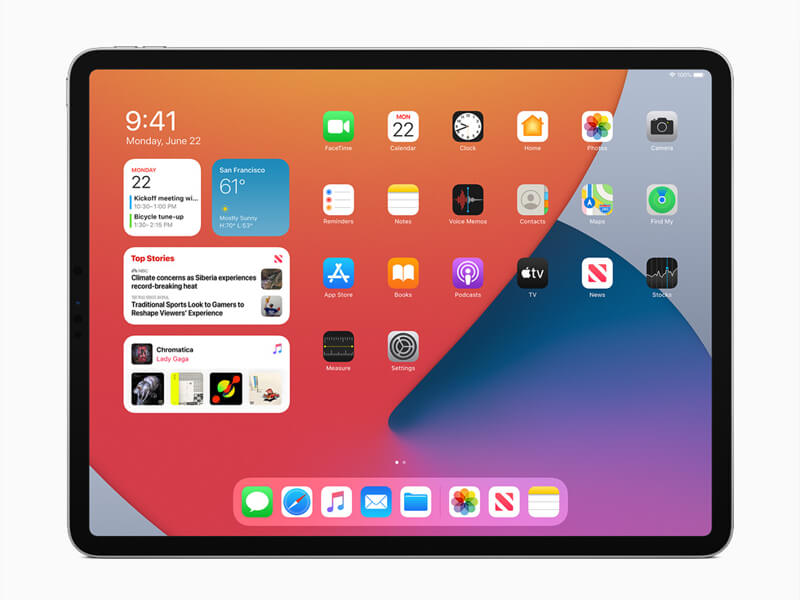
Apart from inheriting most of the iOS 14 features above, iPad OS will have a couple of its own updates.
The user interface for iPad search will no longer span the entire screen and a new, compact version called Universal Search will be introduced. Similar to Mac’s Spotlight, Universal Search can be used to launch apps and will allow users to locate a variety of items like contacts and documents.
Though there are many different types of fonts available for users to choose from, nothing beats the thrill of seeing your own handwriting being typed out in text, especially for those who (even by their sole admission) have very nice handwriting. The iPad OS 14’s Scribble will enable users to type out text in their own handwriting after it has been captured with the Apple Pencil in the Notes app. Through Scribble, the Apple Pencil is also made more intuitive as it can auto-suggest and auto-correct common shapes when drawn, and also prompt suggested actions to written text such as a call action for numbers, or a directory lookup for addresses.
AirPods: Automatic device switching & Spatial Audio
Switching between multiple devices will not require the user to un-pair their AirPods as it can now automatically switch audio over to link with the audio from multiple devices. For example, users need not switch or remove their AirPods to take an inc call from their iPhone if their AirPods is paired to their iPad video – AirPods will automatically switch audio to the iPhone call.
In an exclusive feature for AirPods Pro, Spatial Audio will enable users to experience a sense of locational awareness (ie users will hear audio derived from multi-points) via in-built accelerometers that detects positional changes from the user’s head.
Apple Watch: More sharing and tracking features
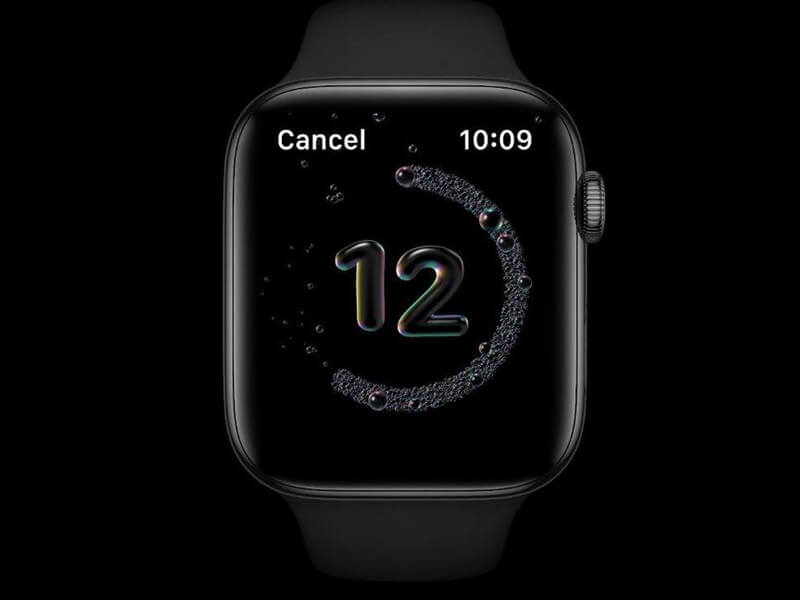
Apple Watch owners can now boast their watchface setup or any eyecatching watchface by sharing it to their friends via a new feature called Face Sharing which would also direct users to where they can get the required app/complication.
Instead of just one watchface per app, apps on the Apple Watch will also have multiple watchface complications offered in the new update.
Wearing Apple Watch during sleep will also enable users to have their sleep data recorded while they snooze to help them have an overview of their sleeping schedule over time.
In full relevance with the pandemic, the Apple Watch can now detect handwashing movements via its accelerometer as well as microphone that can detect motions and scrub-sounds respectively to set-off a twenty seconds countdown timer.
Privacy: Simplifying data tracking and information sharing
Users who are wary about providing location-specific access to apps may be relieved to know that they can choose to grant the app an approximate location instead of a precise spot.
Users will also be notified via mic and camera indicators if a particular app is accessing their microphone or camera.
To help users have a simpler overview of the kinds of data that apps track/share with third parties, developers are now required summarise and simplify their data tracking/sharing information. This information will be made known to users prior to app downloads in iOS/macOS app stores.
Homekit: More features to cutomise integration
Users who have integrated their home functionalities with Homekit can look forward to have a more intuitive home experience with adaptive lighting where the linked smart bulbs can now automatically alter their brightness and temperature to appropriately reflect their working and relaxing moments.
Doorbell cameras that are enabled with Homekit will be able to recognise faces and inform homeowners on who their visitors are through Homepod/AppleTV notifications.
Homekit security cameras have also been updated to restrict alerts to certain areas of the video stream to prevent false alarms. For example, motion alerts will not capture traffic motion on the streets but will only be activated when an individual enters the homeowner’s yard.
MacOS: “Big Sur”
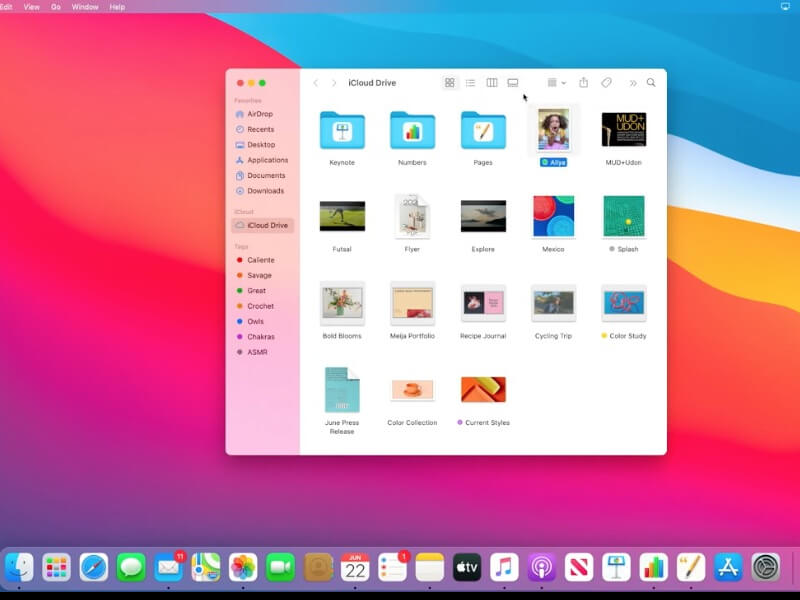
The next version of macOS will be named Big Sur and will feature certain changes that will emulate the aesthetics of iOS.
Similar to iOS, macOS will have a dropdown located on the upper right section of the screen which will allow users to quickly access a control center that allows them to modify brightness, volume, activate dark mode and more.
Improvements to the notification center include a consolidated view of notifications/widgets as well as an option to clear notification in one go.
Users will also see new features on the macOC maps such as in-door maps, guides, favourite locations and more.
Save-passwords options are a handy feature given all the password-setting rules and multiple accounts that most users have. An important update Safari will have is that it would be able to screen saved passwords for possible breaches. Users can also rely on a “Privacy Report” button to reveal the kind of data that an active site is tracking.
Safari’s extensions will also receive an update that particularly centers on data-restriction for developers who will be limited on the kind of data they can access. For example, if an extension requests access to a user’s browsing history, access can only be granted for a limited time.
New Mac processors: Custom ARM-based CPUs
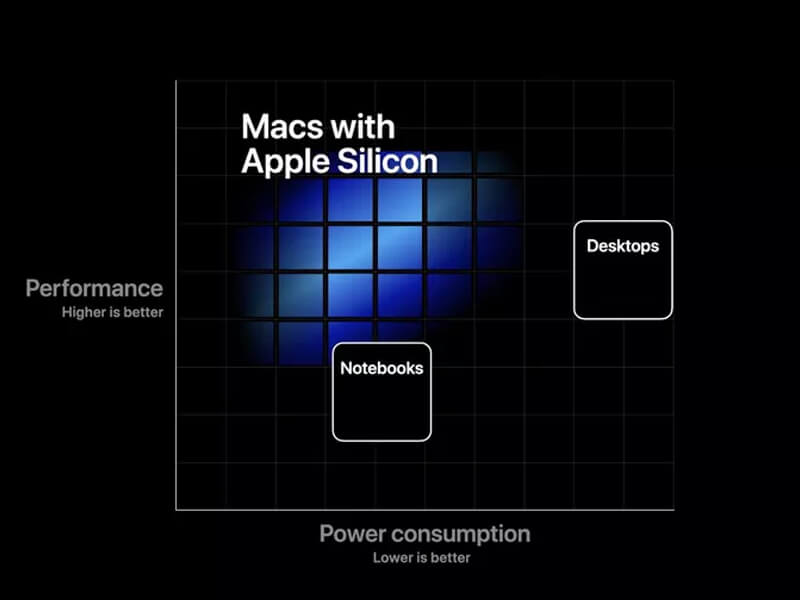
To close, Apple’s Mac processors will be pivoting from Intel to custom ARM-based CPUs that will be designed internally and will enable Apple to deliver a “whole new level of performance” with less power consumption, as well as equip Mac with their Secure Enclave.
